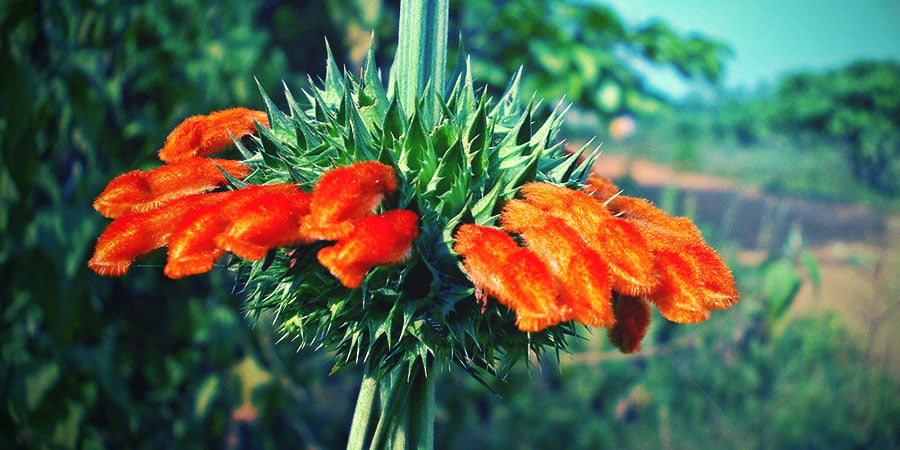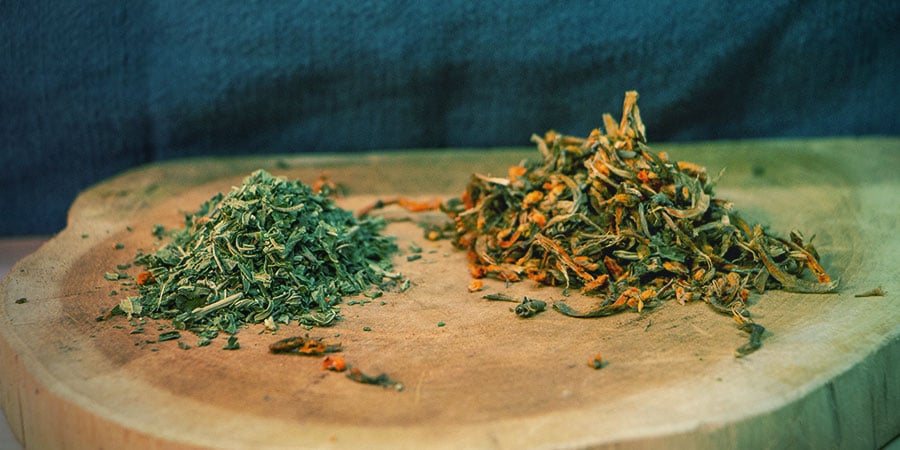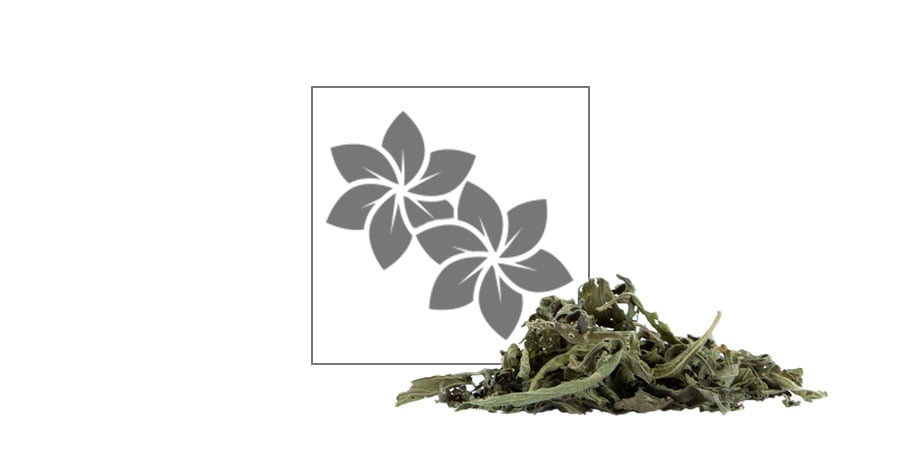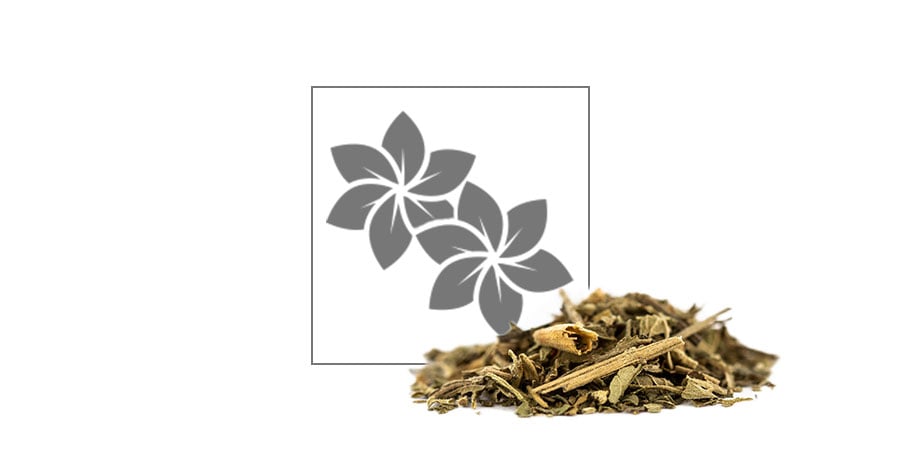
Wild Dagga And Klip Dagga: What's The Difference?
Wild dagga and klip dagga come from the same plant family, but do they look the same or produce the same effects? Keep reading to find out what differentiates wild dagga from klip dagga.
WILD DAGGA & KLIP DAGGA: WHAT’S IN A NAME?
The variation in name may only be subtle, but wild dagga and klip dagga are thought to have a significant difference. Despite both being from the same plant family, one is believed to be a more potent entheogen than the other.
The challenge, however, is that the two are very easy to confuse, leading to debate over which dagga is superior. The situation is further exacerbated by the use of "wild dagga" as a popular nickname to describe several plants in the species, not just Leonotis leonurus (wild) and Leonotis nepetifolia (klip)—confusing, right?
We’ll take a look at both varieties and clear up some of the confusion over the ecology, biology, and medicinal uses of wild dagga and klip dagga.
WHAT ABOUT ECOLOGY AND BIOLOGY?

As we are dealing with two very similar plant species, it makes sense to start with their biological differences. Although most online providers sell the plant in dried or powder form, both are easily grown from seed, and should you ever see one growing naturally, here is how to tell them apart.
Leonotis nepetifolia (klip dagga) or lion’s ear as it's commonly known, is an annual plant. Although the plant’s life cycle is short, it grows quickly, reaching several metres in height. The leaves of klip dagga are the most effective way to tell it apart from its wild dagga counterpart. The leaves grow wider, almost heart-shaped, with a serrated edge. Flowers are bright orange with white filaments, growing in a tubular pattern. Some variations of Leonotis nepetifolia may also produce red, white, and purple flowers.
Leonotis leonurus (wild dagga) is a perennial plant, growing for several years rather than just the one. Its flowers bloom in the same vibrant orange as its klip dagga cousin, but remember to check the leaves—wild dagga leaves are much thinner and longer. Wild dagga also grows prolifically, reaching a width of one metre, and 1–2 metres in height.
As for ecology, both can be grown pretty much anywhere in the world, although colder climates will need a greenhouse. Natively, klip dagga stems from Latin America and the West Indies. Wild dagga, on the other hand, has made a name for itself in the damp grasslands of Southern Africa.
HISTORY OF THE DAGGAS

Both plants have a long history, although it wasn’t until more recently that global markets sought the plants out for their cannabis-like effects. In fact, the word "dagga" is derived from the Khoikhoi word "dachab"—a name for cannabis. The Khoikhoi are a nomadic tribe that reside in Southwestern Africa.
COMPARING THE EFFECTS

It's obvious why these two species of dagga are easy to confuse. Other than a few slight anatomical differences, both have been used for centuries in a range of natural treatments. However, it is the recreational effects of both klip dagga and wild dagga that really complicate matters. Anecdotal evidence supports both plants having THC-like effects.
As we suggested earlier, scientific examination of wild dagga has not found evidence to indicate the plant is inherently psychoactive. In spite of this, it is recommended that keen psychonauts choose wild dagga over klip dagga if they want to experience more prominent effects.
As for which one is best for you? Well, the most obvious answer is to try both! There is a consensus that wild dagga is more potent, and, as it’s easy to grow, makes the ideal choice for first-time users. Either way, both plants are legal to buy, prepare, and use—what are you waiting for?












 United States
United States













